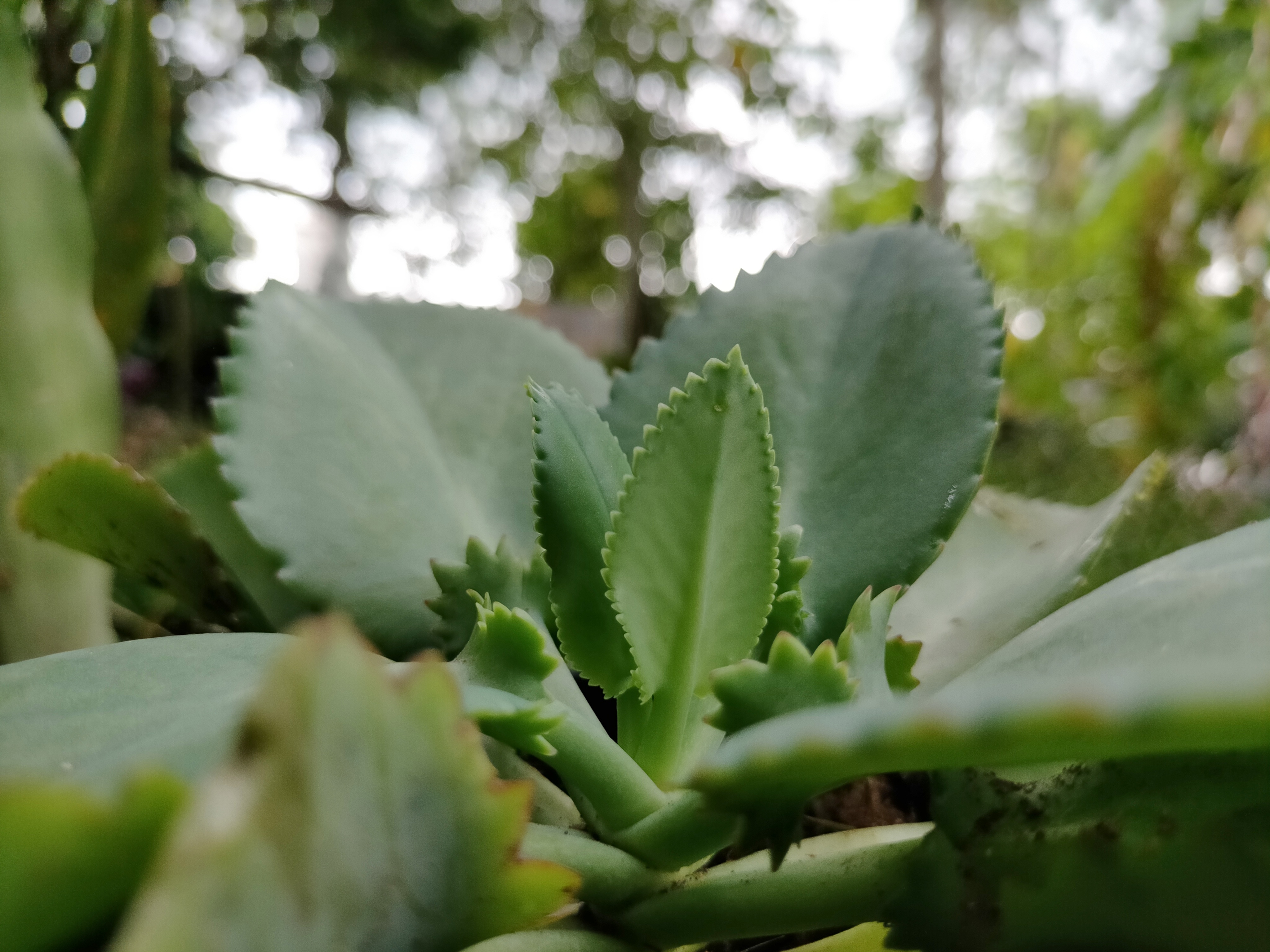
In May we celebrate one of the most important people in our lives, and the person responsible for giving us life — our mothers.
Thousands of mothers across these three islands will be showered in well-deserved love, pampering, and appreciation this month. One mother in particular, a mother of thousands in fact, is unlikely to experience any lavish treatment, but only because this mother is a plant, not a person.
It is practically unimaginable to be a mother of thousands, although this mother has a much easier way of creating offspring. Propagation by seed is possible with Kalanchoe daigremontiana; however, this mother has a special talent whereby she produces embryoids or plantlets on the edges of her leaves by way of joint photosynthesis. This means that the mother and the embryoids are growing together at the same time — similar to a human mother and child.
Mother of thousands is symbolic of a human mother in other ways as well; she is resilient and strong in her survival tactics, tolerating full sun to part shade and withstanding the tropical temperatures and humidity. Requiring very little water and maintenance, her drought resistance illustrates why she is in an unusual group of plants known as succulents.
Succulents are a unique group of plants that generally have thick, fleshy leaves and stems, which allow them store excess water as needed. Most succulents are native or adapted to growing in very hot climates with little rainfall, or at least little rainfall for part of the year. Hailing from Madagascar, Kalanchoe daigremontiana can go long periods of time without water in a well-draining soil.
Yet another fascinating characteristic of succulents is that they transpire at night as opposed to daytime, which is when most other plants transpire. Transpiration is the process of water loss through a plant’s leaves, and more specifically the stomata. This process is like sweating for a human and varies dramatically from plant to plant and from region to region. In general, as temperatures increase, transpiration rates increase; and as relative humidity surrounding the plant increases, transpiration decreases. This is an important factor to consider for garden placement, or for knowing what time to water your plant if it is an indoor plant. You wouldn’t want to water the plant while it is transpiring.
Mother of thousands is a very attractive plant, with beautiful smooth leaves that have an oval or boat shape and are soft to the touch. Their dainty flowers usually appear in spring and have a range of pink to purplish hues. Of small stature and reaching a height of only three feet, sadly this plant is toxic to humans and animals and great care should be taken for placement. This is just another way a mother protects her offspring and herself.
This article was published in the May 2023 print edition of Camana Bay Times.